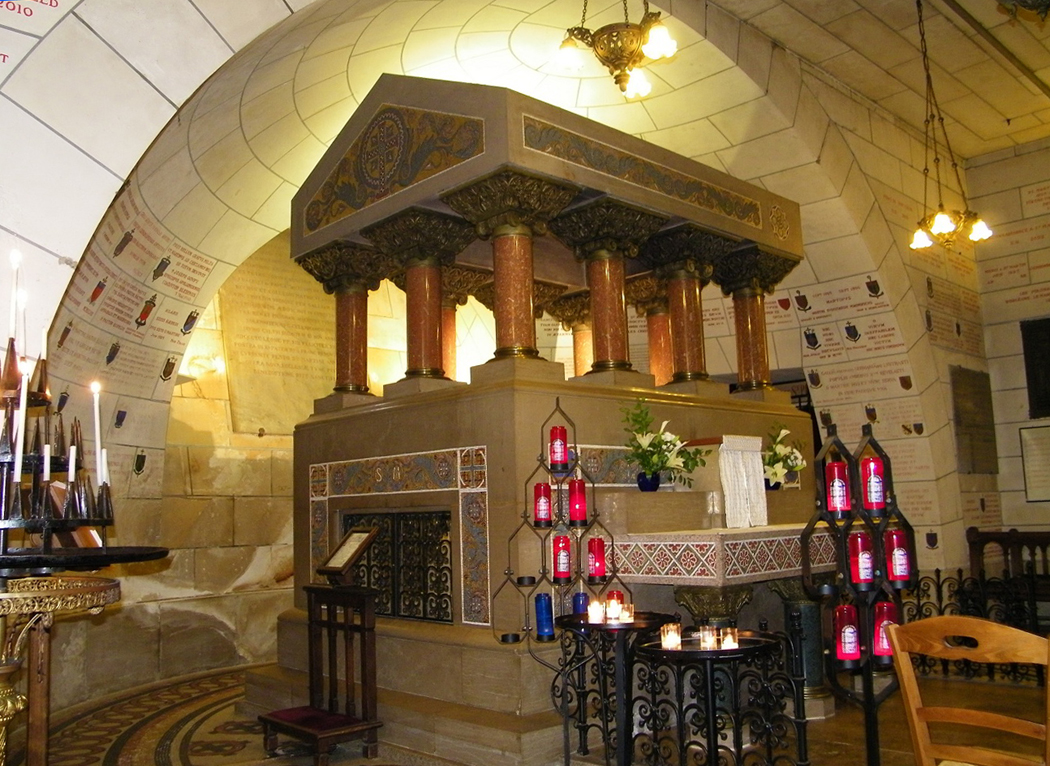In the 6thcentury, Martin of Tours was recruited to bolster the fame and position of his successors as a prestigious miracle-worker.
At first, Martin was solely venerated inside the charmed circle of Sulpicius and his friends at Primuliacum, a villa in Aquitaine, which Sulpicius had turned into a monastery. To him and his friends, St Martin was the ascetic par excellence, who had been able to square this ideal with his role as both an ideal bishop and an active missionary taking his faith to the pagi in the countryside. Nowhere is this more evident, but in the characterisation of St Martin, which dignitaries voiced, when Martin was presented as a bishop-in-spe. We hear that they were “impiously offering resistance, asserting forsooth that Martin’s person was contemptible, that he was unworthy of the episcopate, that he was a man despicable in countenance, that his clothing was mean, and his hair disgusting.” (Vita of St. Martin by Sulpicus Severus, chapter 9).
Celtic Fringe
Notwithstanding, Martin was not easy to keep within bounds. Soon after his death, he must have been exported to the British Isles. We know that Christianity was well established in the British Isles in the 5th century as witnessed by the early Irish history as well as the writings of Bede. While St Patrick may have been the Irish saint par excellence, it is nevertheless remarkable that also St Martin was celebrated as a Celtic saint as early as the 6th century. An important witness is the Book of Armagh (Dublin, Trinity College MS 52, which included not only several texts relating to St Patrick, but also the vita of St Martin by Sulpicius. St Martin was celebrated not only at Armagh but also at Bangor.
More significant, though, veneration for the saint can be found in the letters of Columbanus and his vita by Jonas of Bobbio. Arguably, these Celtic Saints found in St. Martin a ready exemplar for their particular kind of ascetic monasticism and missionary work. Later, in the 8th century, St. Martin was even proclaimed to have been the uncle of St Patrick, while Ninian was his pupil. In this Celtic context, St Martin kept his “original” profile as Ascetic Bishop, while being re-exported to the continent by Columbanus and his friends.
Merovingian France

In 6th century Merovingian France, this “Martin” was nevertheless becoming more controversial. Now, Martin was obliged to make his career as a saint in a entirely different world. No longer, the Christian church was paving its way inside a classical Roman landscape. In 418, the Arian Visigoths set up headquarters in Toulouse, while the Burgundians in 443 settled in the Savoy region. Later in the 470s, the Franks gradually took over Northern France. Had another champion not taken Martin up, he might very well have suffered the same fate as other saints from the 4th century, obscurity turning into slow oblivion.
However, fist St. Brise and later Perpetuus, Bishop of Tours in the later 5th century, adopted Martin and established him as the protective saint of the city. By venerating his relics and not least setting the date of his funeral at Tours as the feast day, they presented this rather insignificant town with a critical anode. Primary feast day became the 11th of November, the day of his translation and burial at Tours. However, the fourth of July was also marked out in the calendar celebrating the day of his election to a bishop. In general, his feast was celebrated as duplex (highly graded).
St Brice and especially Perpetuus provided the first liturgical identity of St. Martin. Furthermore, Perpetuus enlarged the burial monument (built by St. Brice) into a proper church, which might cater for pilgrims. Finally, he commissioned the poet, Paulinus of Périgueux, to sanitise and versify the prose vita of Sulpicius.
Later, in the second half of the 6th century, his fame was further kindled through the poetry of Venantius Fortunatus and the prose-writings of Gregory of Tours. Best known for his history of France, the latter also published a series of four books filled with miracles wrought at the grave of St Martin. More importantly, though, Gregory was responsible for transferring some of Martin’s relics to other bishoprics – among those Cambrai, Avranches, Saintes, and Bordeaux, thus forging new Martinian cults.
Close readings of his writings inform us that Gregory was deeply involved in promoting Martin as both a local and a global saint. His promotional pitches in the form of sharing out the relics as well as composing the collections of miracle stories helped to achieve this goal. St. Martin was no longer just an admirable man. He had become an influential broker in a world, which had come to adopt relics and miracles as important modes of re-orientation.
SOURCE:
Liber de passione et virtutibus sancti Iuliani martyris und Libri de virtutibus sancti Martini episcopi,
in: Raymond Van Dam (ed.), Saints and their Miracles in Late Antique Gaul, Princeton 1993, 153-317.
READ MORE
The First Two Centuries of Saint Martin of Tours
By Allan Scott McKinley
In: Early Medieval Europe 2006. Vol 14, No 2, pp 173 – 200.
Les réseaux martiniens en Irlande Médievale.
By Jean-Michel Picard.
In: Annales de Bretagne et de Pays de l’Ouest 2012, p. 41 – 54.
Martin von Tours.
By Martin Heinzelmann.
In: Germanische Alterumskunde Online: Reallexikon der Germanischen Altertumskunde, vol 19 (2001)
Les abbayes martiniennes
Ed. by Bruno Judic and Christine Bousquet-Labouérie
Annales de Bretagne et de Pays de l’Ouest, 2012, Vol 119, No 3
The post Martin of Tours in the 6th century – from Ascetic Saint to Local Miracle Worker appeared first on Medieval Histories.
Powered by WPeMatico